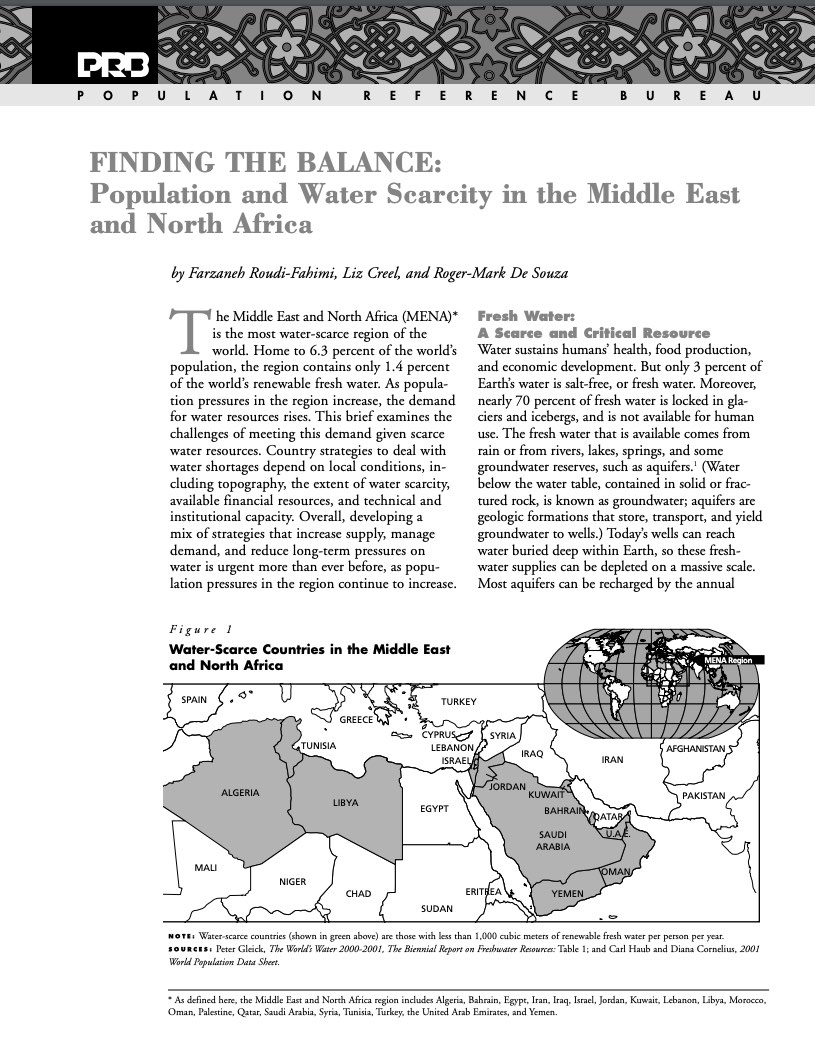Background to the HIV/AIDS Epidemic in Sub-Saharan Africa
(2002) The HIV/AIDS epidemic is a crisis of enormous proportions that is rapidly wiping out many of the gains sub-Saharan Africa has achieved since the countries attained independence.
(2002) The HIV/AIDS epidemic is a crisis of enormous proportions that is rapidly wiping out many of the gains sub-Saharan Africa has achieved since the countries attained independence.
(2009) De par le monde, les jeunes – surtout les jeunes femmes – connaissent un fort taux de VIH et de grossesse non désirée à cause de leurs connaissances limitées concernant la santé sexuelle et reproductive.
The introduction of water filtration and chlorination in major U.S. cities between 1900 and 1940 accounted for about one-half of the 30 percent decline in urban death rates during those years, according to research published in the February 2005 issue of the journal Demography.

(2002) The Middle East and North Africa (MENA)* is the most water-scarce region of the world. Home to 6.3 percent of the world's population, the region contains only 1.4 percent of the world's renewable fresh water.
Investments in young people are crucial to achieving a demographic dividend. The demographic dividend provides a framework for promoting investments in youth as fertility declines and population age structure changes. Sustained investments in voluntary family planning, health, education, and job growth can help to guide a country towards a demographic dividend.

Project: Demography and Economics of Aging and Alzheimer’s Disease
Older Black adults are less likely than their white peers to have private insurance and more likely to rely on Medicaid or Medicare as their only health insurance.
(2002) With its poverty and underdeveloped health systems and other infrastructures, it is certain that Africa will not be able to bring the HIV/AIDS epidemic under control as rapidly as it needs to if the continent has to rely only on its own resources.
At the fractious Constitutional Convention in Philadelphia in 1787, America's founders conceived the idea of a national census to determine the number of representatives each state would send to Congress.
(2010) Over the past several decades, Latinos have made up an increasing share of the U.S. population.
The Population Reference Bureau's 2010 World Population Data Sheet focuses on a rapidly aging world, highlighting many countries' pressures to care for their elderly citizens.